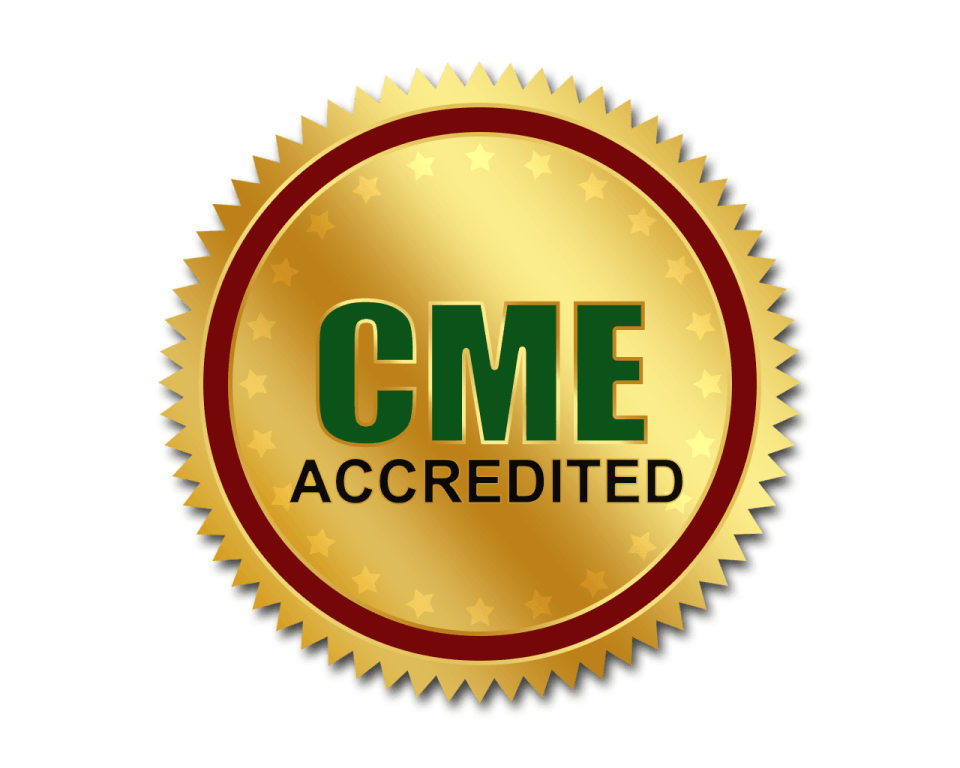
Geetika Goyal
St. Stephens Hospital, India
Title: To study the colonoscopic and histopathological features in Inflammatory Bowel Disease and other forms of Colitis
Biography
Biography: Geetika Goyal
Abstract
Objectives: To study the colonoscopic and histopathological features in Inflammatory Bowel Disease (IBD) and other forms of colitis. To grade the colonoscopic and histopathological appearances in Ulcerative Colitis, UC and compare the severity of colitis. Methodology: An institutionally approved study done in 2006 to 2008 includes 151 cases with both colonoscopy and biopsy done by gastroenterologist in OPD.Upon histopathological examination,the biopsies were categorized on the basis of “Guidelines for the initial biopsy diagnosis of suspected Chronic Inflammatory Bowel Disease†published by British Society of Gastroenterology.A definite protocol for grading colonoscopic appearances and the histopathological features in UC is followed and comparison of severity of UC is done. Results: Out of 151, 105 were Non-IBD [Normal 3, Infective type 36, Infection Unclassified 33,Tubercular colitis 14, Solitary Rectal Ulcer Syndrome 6, Pseudomembranous colitis 5, Amoebic colitis 2, Melanosis coli 2 and 1 each of Diversion colitis and Stercoral ulcer] and 46 were Chronic Inflammatory Bowel Disease (IBD)[UC 37,Crohns Disease(CD) 6 and IBD indeterminate 3]. Left sided colitis (39.13%) and Pancolitis (30.43%) were more common in IBD (21.7%) than in Non-IBD(19.8%). Right sidedcolitis was higher in Non-IBD (24.5%) than IBD (8.69%). On colonoscopy, loss of vascular pattern, friability, granularity were more commonly seen in UC (p value < 0.001) whereas erosions in Infective colitis (pvalue=0.002).Histopathological features differentiating IBD from Non-IBD were irregular mucosal surface (pvalue< 0.001), reduced crypt profile, crypt distortion (p value <0.001),Grade2Cryptitis(>10Neutrophils,NP/crypt)(pvalue=0.02), Crypt abscess grade2(>10NP/crypt lumen)(pvalue< 0.05), marked and transmucosal inflammation (p value < 0.001), epithelial ulceration(pvalue= 0.02) and mucin depletion (p value < 0.001). No significant difference was observed in the severity of UC upon endoscopy and histopathology.(pvalue=0.05).The agreement between the colonoscopic and histopathological diagnosis was found in 23/37 cases of UC, 1/6 cases of CD, 26/ 36 cases of infective colitis,5/6 cases of Pseudomembranous colitis and 7/8 cases of SRUS. Conclusions: Colonoscopy can diagnose the cases as IBD but definitive diagnosis of UC or CD is made upon biopsy. Infective colitis are diagnosed upon endoscopy but a few cases present with similar endoscopic features of IBD, so biopsy is important to rule out IBD. Endoscopic biopsies are the gold standard for the diagnosis of IBD and to distinguish the various forms of colitis from IBD. Further evidence is needed to study the agreement between endoscopy and histology in IBD and colitis.

